Defining Possible at Sea
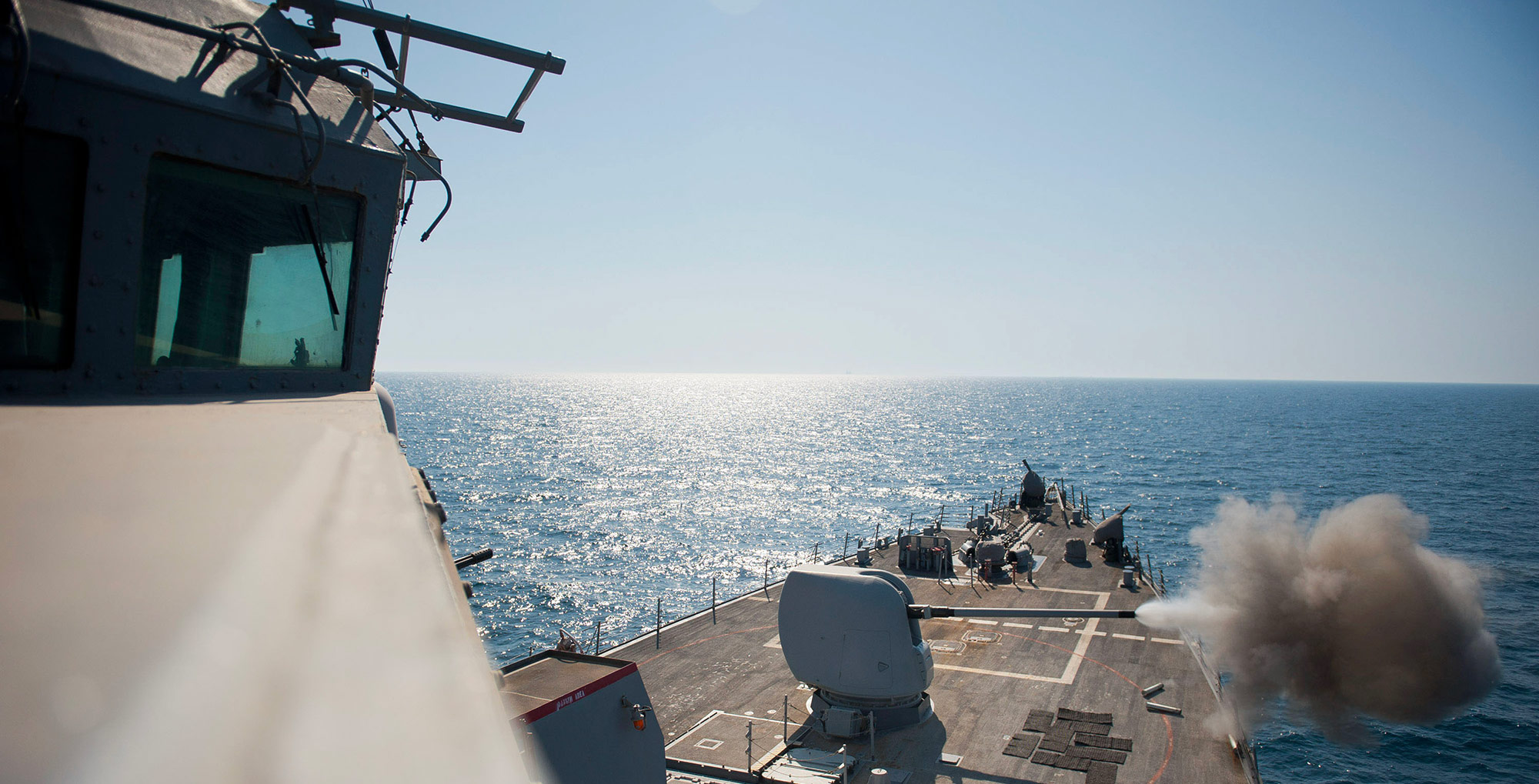
Defining Possible from Seabed to Space
Northrop Grumman’s advanced multi-domain maritime capabilities enable current and future maritime missions.
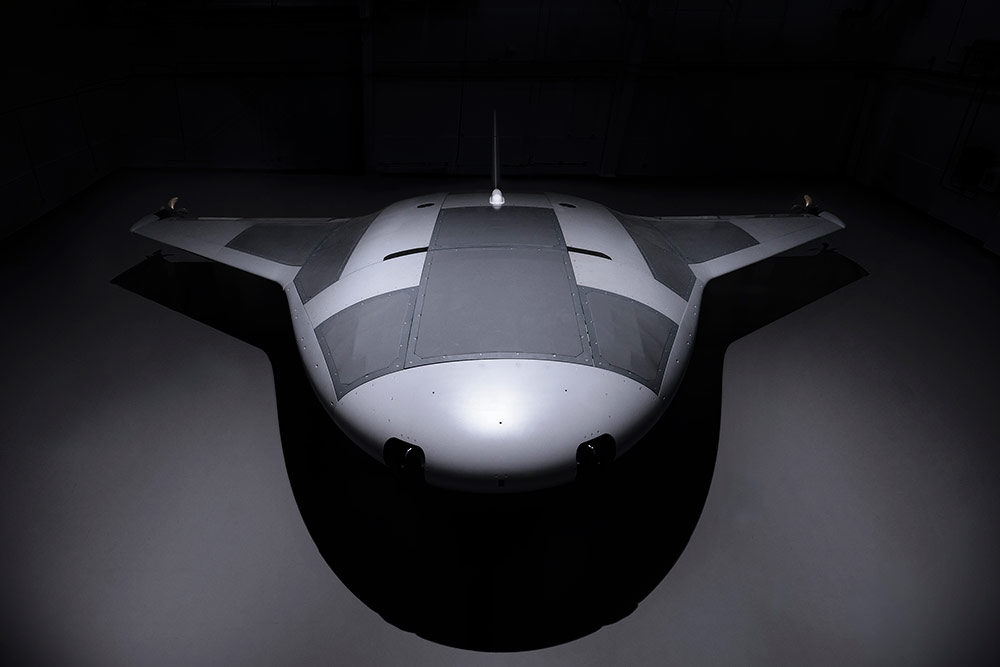
Uncrewed Systems
From uncrewed aerial vehicles and underwater mine hunting systems to defense readiness targets, Northrop Grumman is a leader in autonomous systems, artificial intelligence and machine learning.
Manta Ray
Manta Ray, a new uncrewed underwater vehicle, will operate long-duration, long-range missions in deep ocean environments, without need for on-site human logistics support.
Scion/Helix
Northrop Grumman’s Scion and Helix mission solutions empower affordable, off-the-shelf autonomous warfare.
Fire Scout
Fire Scout is a combat-proven, autonomous helicopter system providing real-time intelligence, surveillance, reconnaissance, target-acquisition, laser designation and battle management to tactical users.
AQS-24B/C Minehunting
The fastest fielded mine hunting system in the world, AQS-24B/C provides high-resolution, side-scan sonar for real-time detection, localization and classification of mines at high area coverage rates.

Undersea Superiority
Northrop Grumman is defining possible as a force multiplier for the United States Joint Forces by improving mission capability in the undersea domain to ensure strategic dominance from seabed to space.
MicroSAS (µSAS™)
The µSAS is a Low-SWaP (size, weight and power), high-performance interferometric synthetic aperture sonar that enables longer sorties and higher area coverage rates for UUV missions.
NiobiCon™ Wet-Mate Electrical Connector
Northrop Grumman’s NiobiCon™ offers an innovative, safer way of making electrical connections underwater. This novel wet-mate connector technology allows for power transfer and data exchange without seals, oil or moving parts.
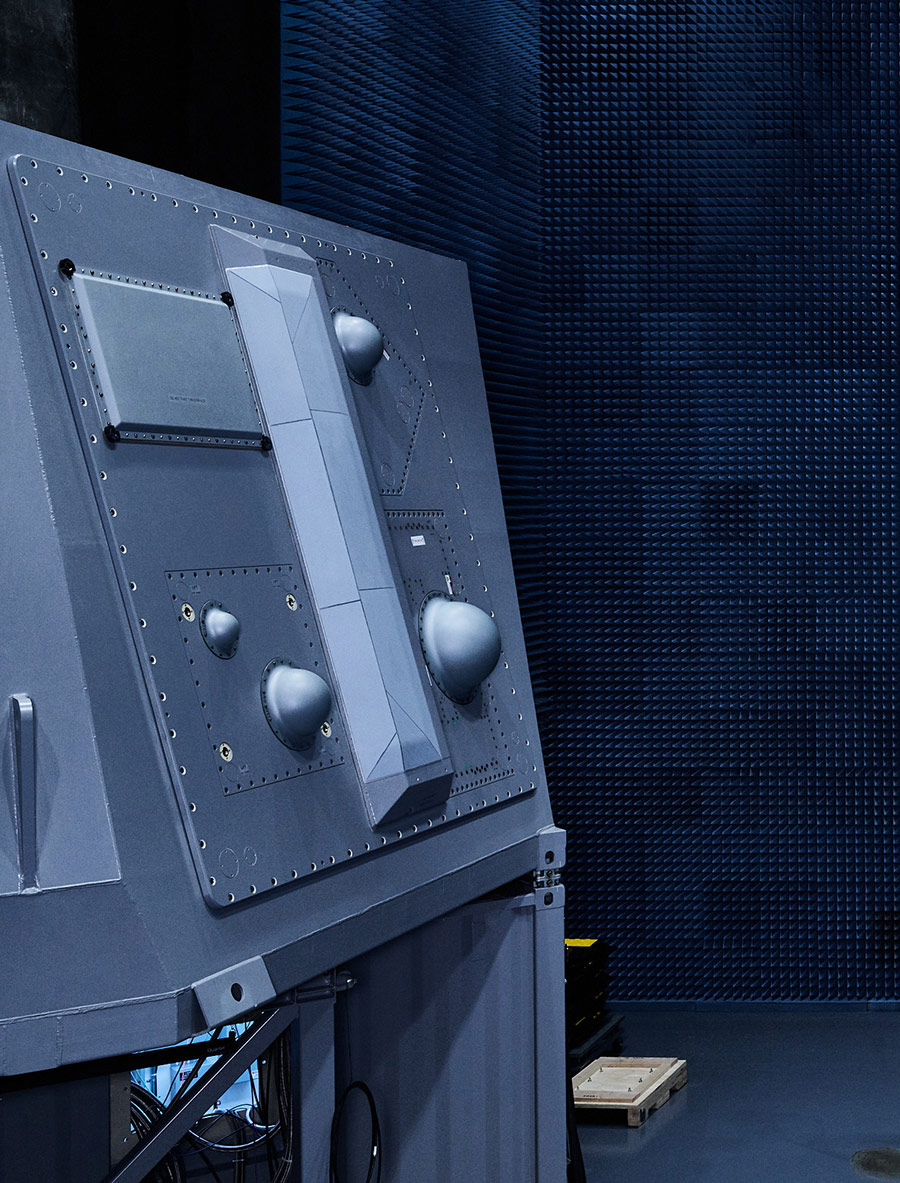
Electronic Warfare
Northrop Grumman’s cutting-edge multifunction sensors and electronic warfare capabilities provide warfighters an overwhelming advantage in every domain and push the boundaries of possible across the electromagnetic spectrum.
Advanced Multifunction Sensors: Surface Electronic Warfare Improvement Program (SEWIP) Block 3
The SEWIP Block 3 is the U.S. Navy’s upgrade to the legacy AN/SLQ-32 system, providing game-changing capability for non-kinetic electronic attack options to the U.S. fleet.

Launchers
Northrop Grumman is the premier provider of missile launch systems for naval submarines and surface ships. Every vertical launch system on U.S. Navy submarines today can trace its origin to our Underwater Launch Center of Excellence in Sunnyvale, California.
Common Launcher Subsystem
Northrop Grumman is continuing production of Launcher Subsystem hardware in support of the Columbia and Dreadnought common missile compartment (CMC) program.
Modular Payload System (MPS)
MPS can utilize either hot or cold launch technology to launch a series of payloads, including uncrewed aerial vehicles (UAVs) and advanced missiles. The hardware is contained and deployed from a short shipping container, allowing it to be quickly deployed on land and surface ships.
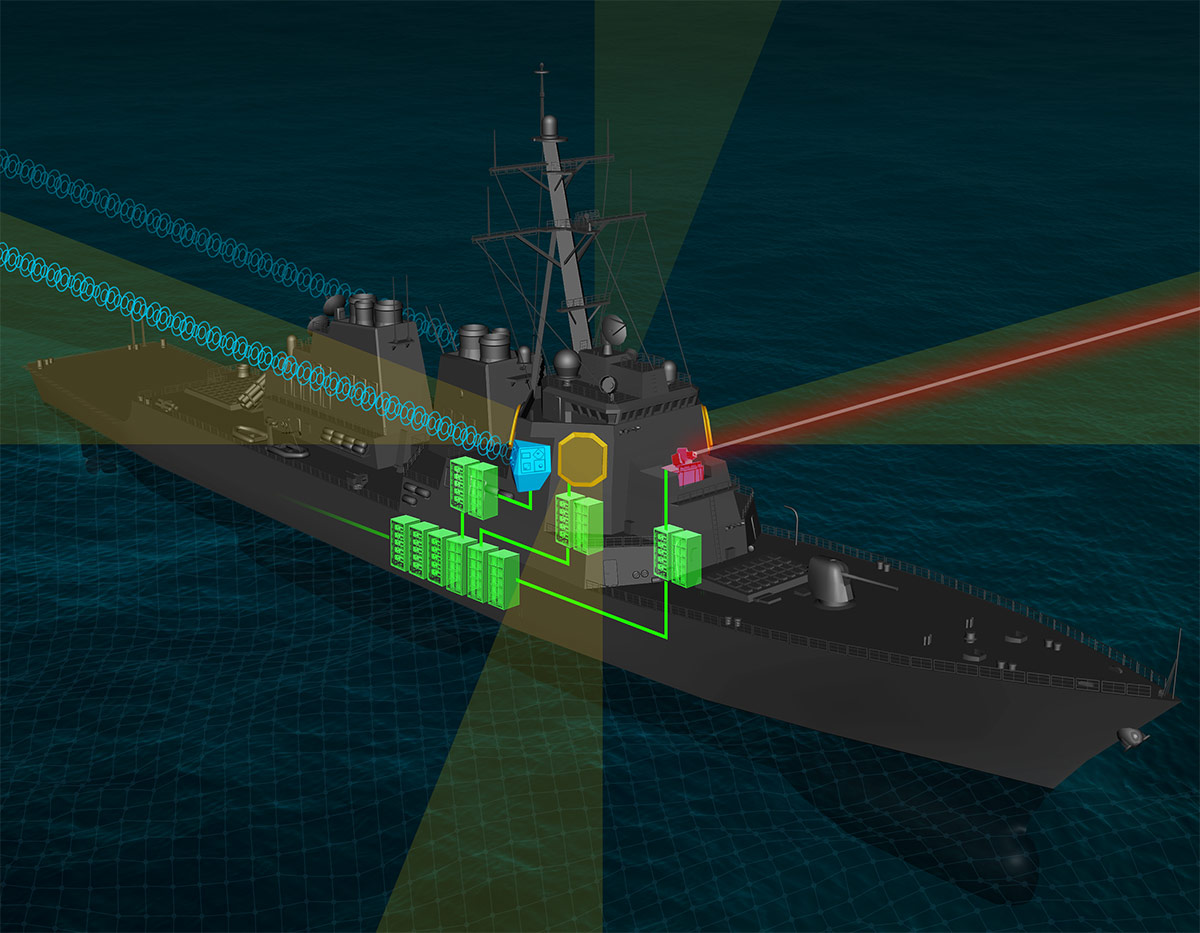
Integration
Northrop Grumman is developing sensors and systems that can be integrated seamlessly on next-generation platforms.
Power & Energy
Northrop Grumman’s integrated power and energy systems (IPES) are ideal for supporting systems such as electromagnetic sensors, directed energy weapons and radars. The systems are flexible and adaptable- utilizing modular technologies to enable rapid, affordable upgrades on the DDG(x) platform.
Machinery Control & Steering
The Integrated Platform Management System (IPMS) is a sophisticated control system solution for naval vessels. Comprised of sensors, actuators, remote terminal units and data processing, IPMS provides safe, secure, condition-based control, monitoring, steering and diagnostics on the status of a ship and its major systems.
Prime Systems Integrator
As a C5ISR systems integrator, Northrop Grumman is responsible for integrating all cyber hardened C5ISR systems, including command and control, communications, navigation and the shipboard computer networking systems.
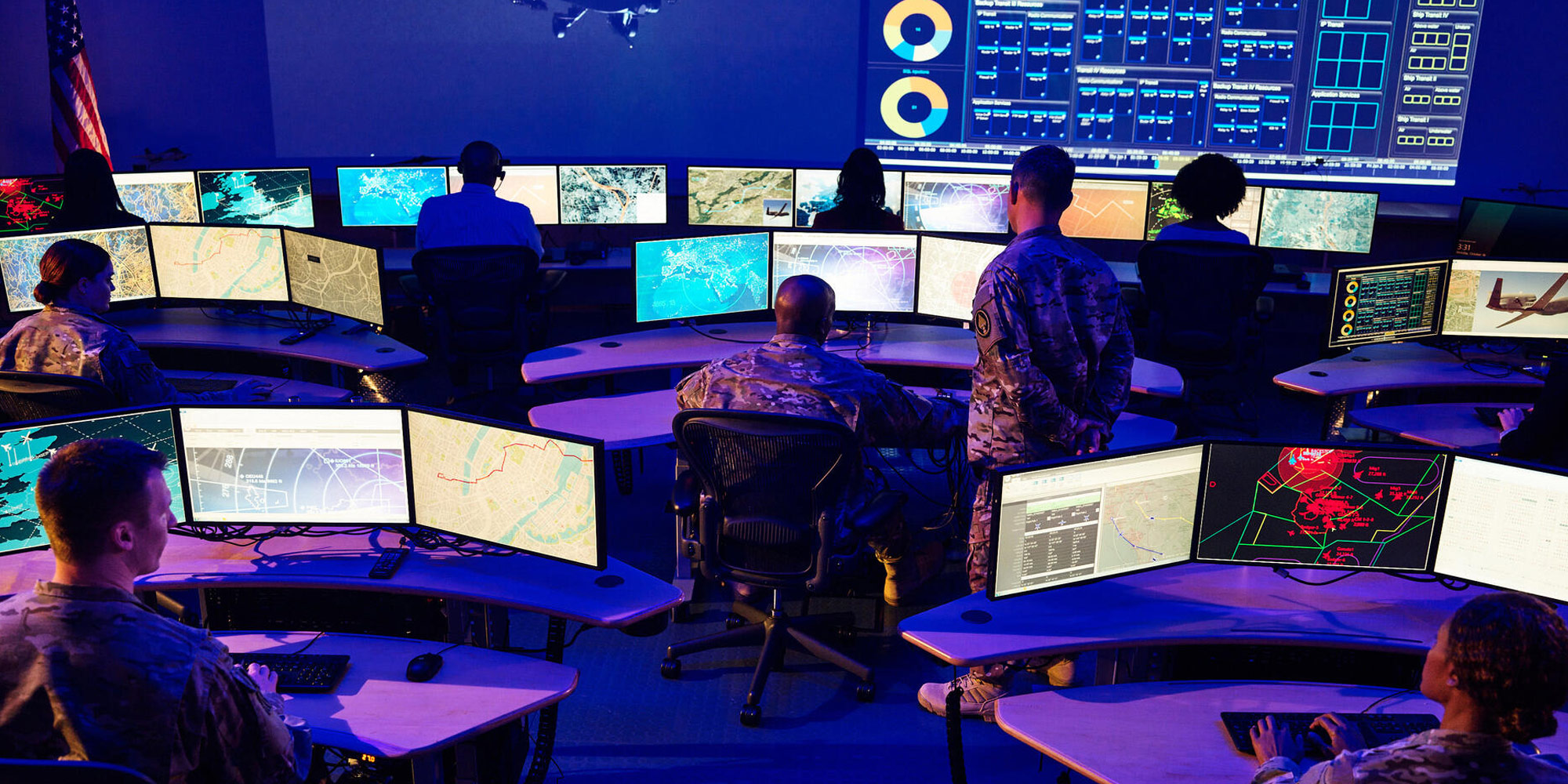
Naval Systems
With systems and sensors fielded on VIRGINIA class submarines, Arleigh-Burke class destroyers, E2D Hawkeye, Triton and space-based assets, all connected by cyber secure communications and networks, Northrop Grumman is positioned to fully operationalize the Navy’s Project Overmatch and Distributed Maritime Operations (DMO) strategy.
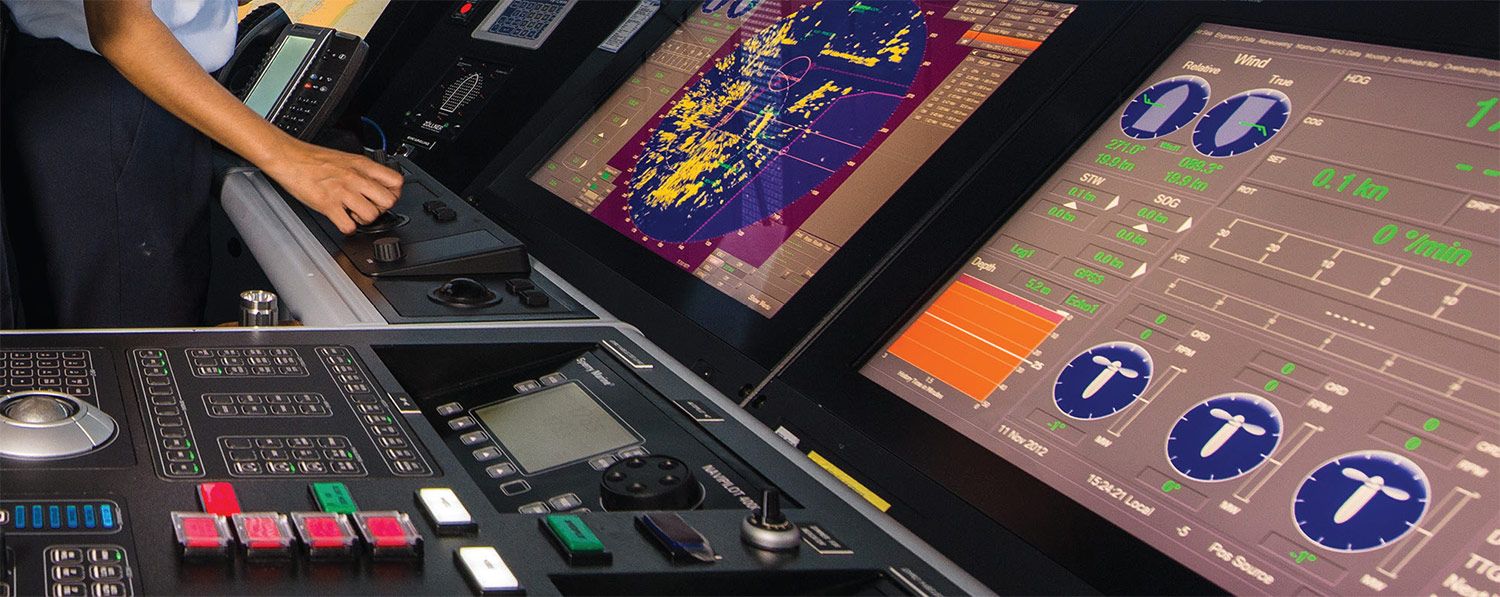
Maritime Navigation
Northrop Grumman’s navigation technology provides optimal situational awareness for ship watch officers carrying out their missions. Integrated bridge systems, WSN-7 and WSN-12 inertial navigators, and electronic charting increase safety and enable full flexibility for data access.

Where We Are
Learn more about some of the areas our team members live and work, supporting critical missions from seabed to space.
Video Gallery
In the News
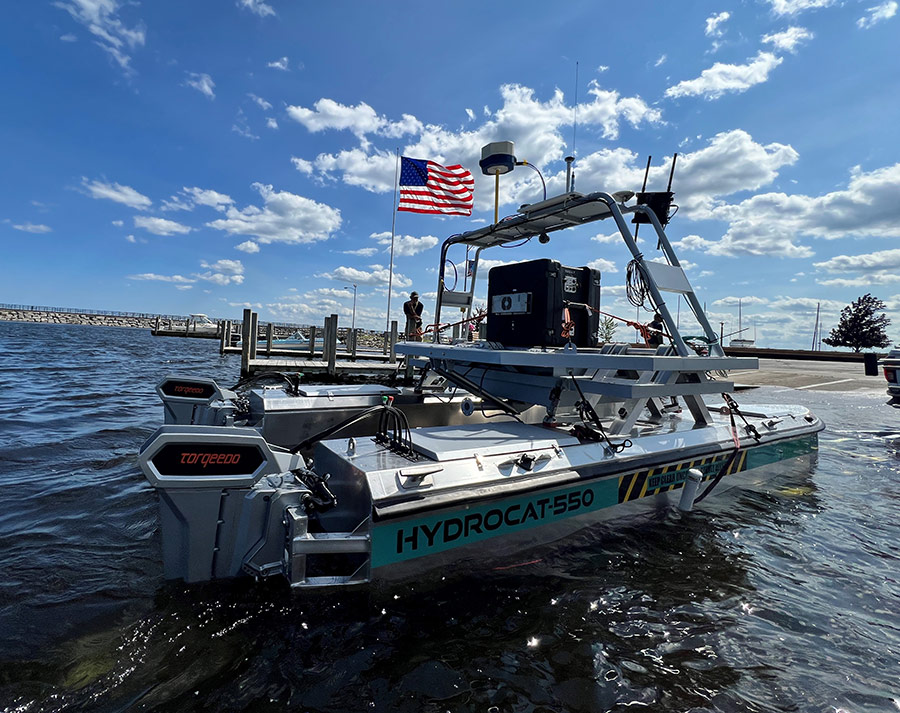

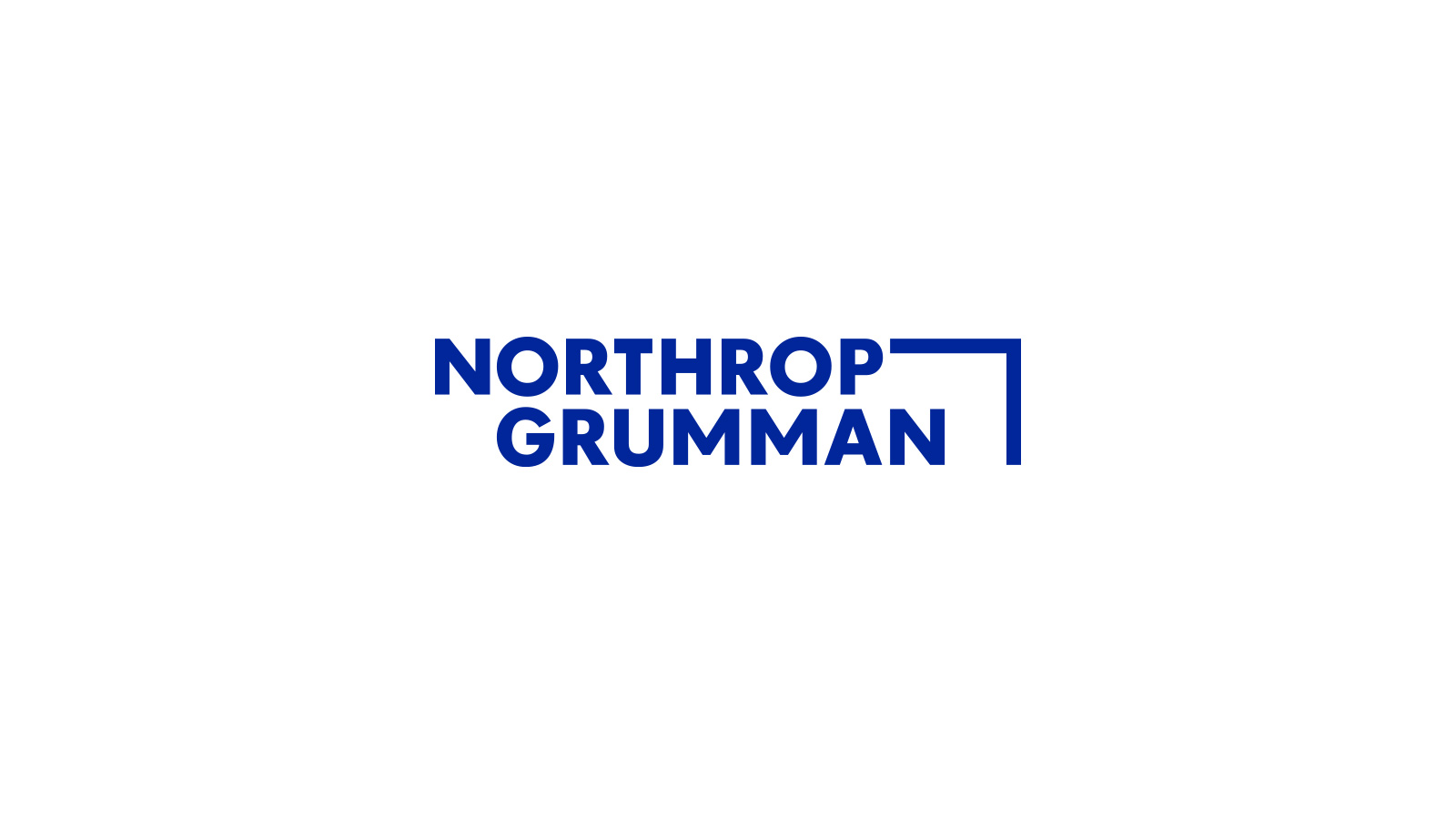
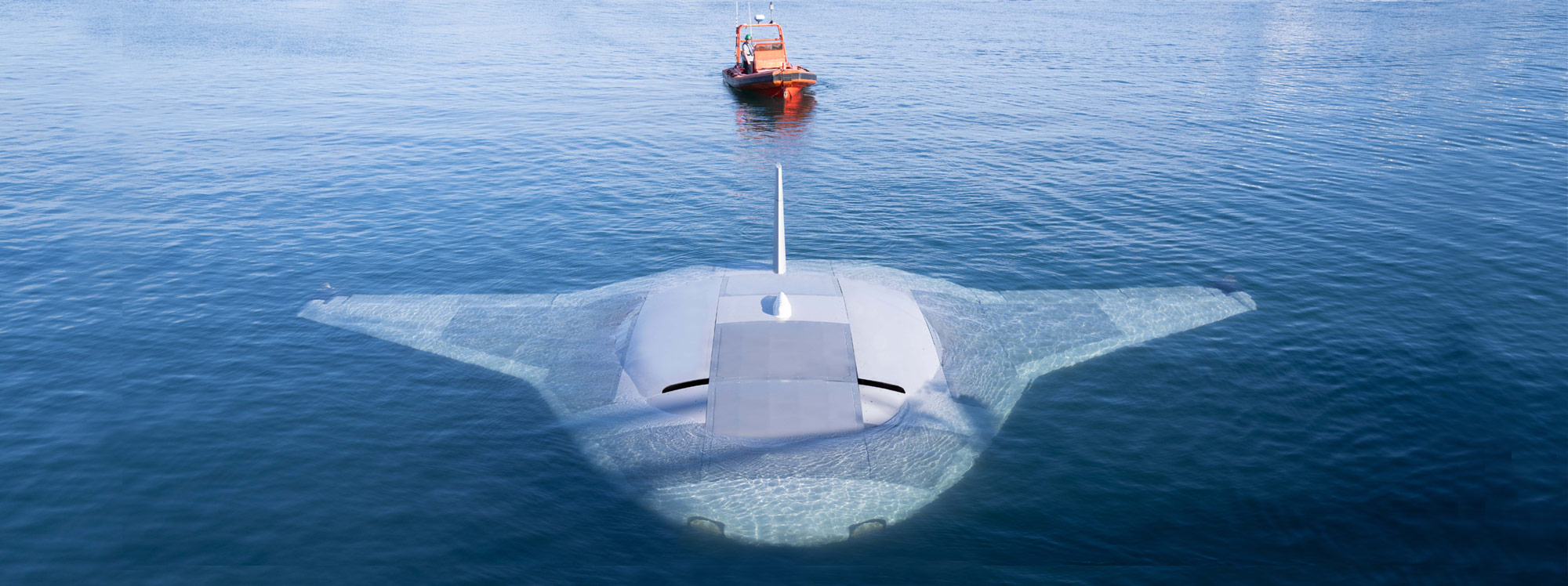
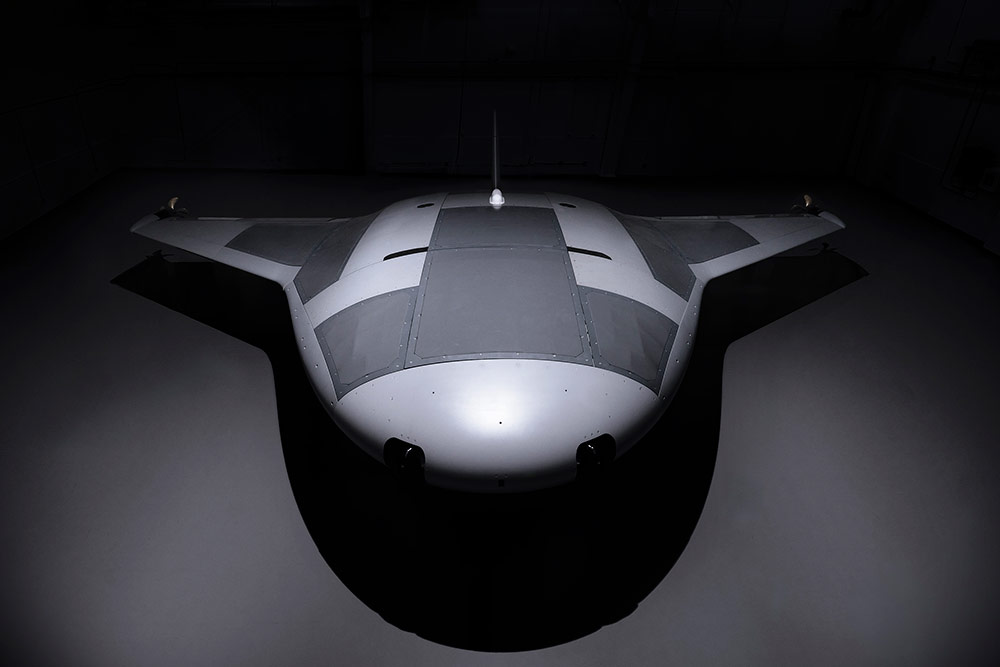
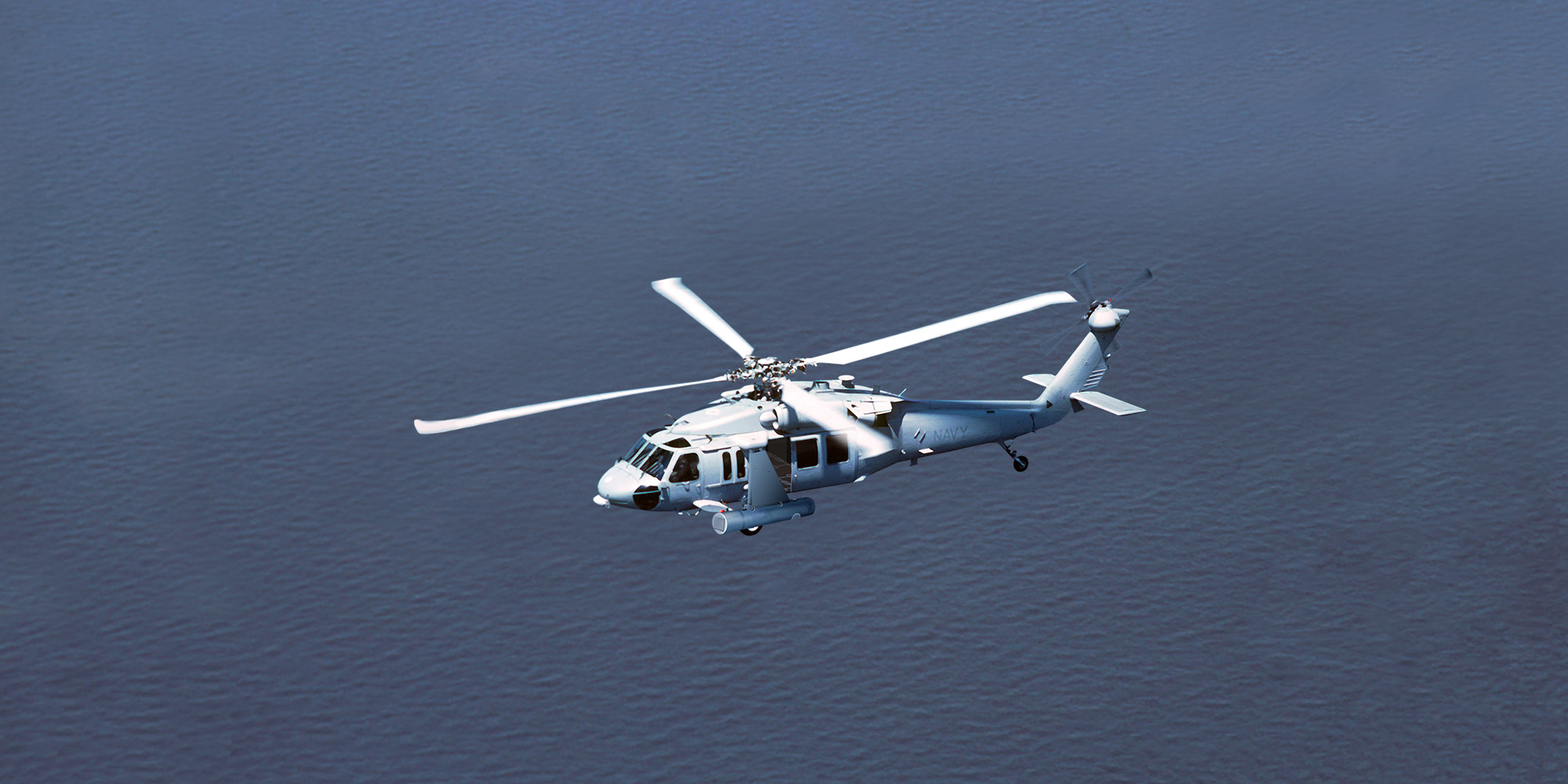

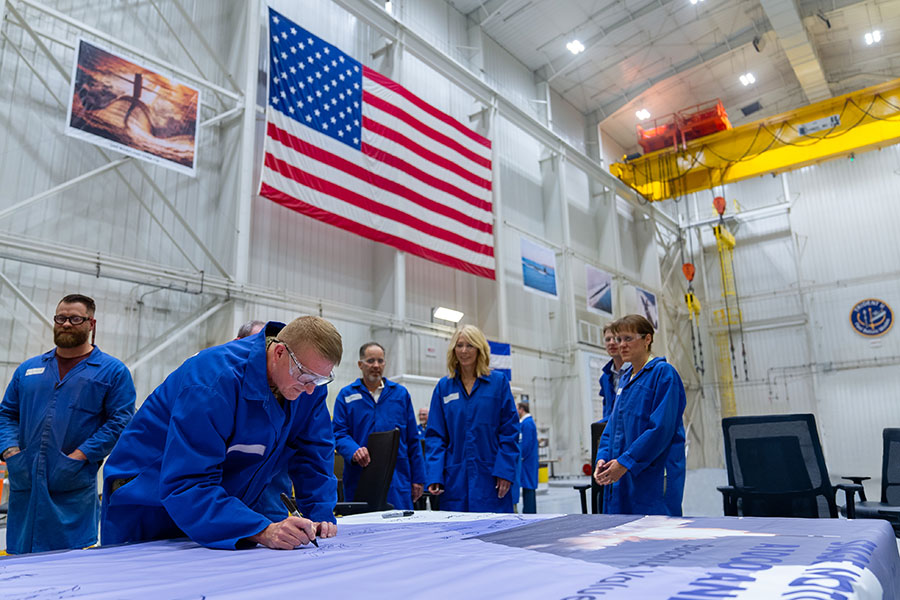

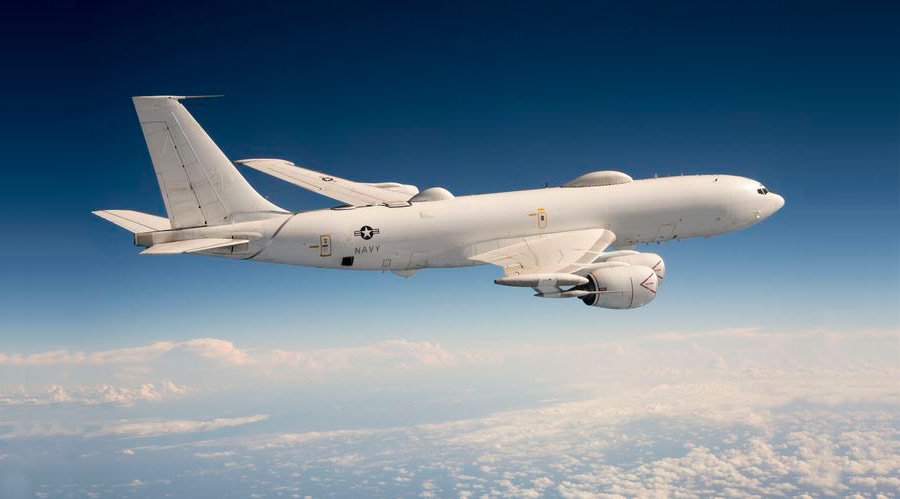
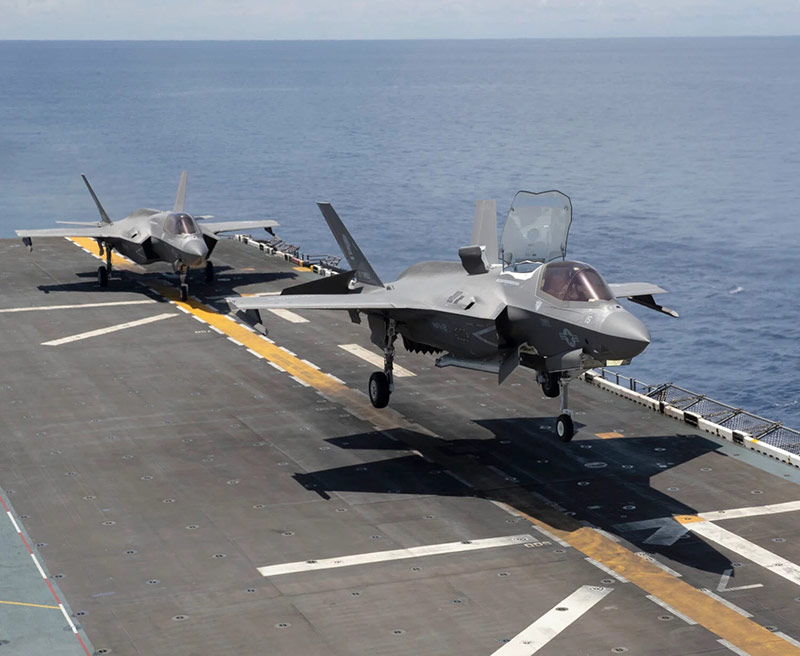
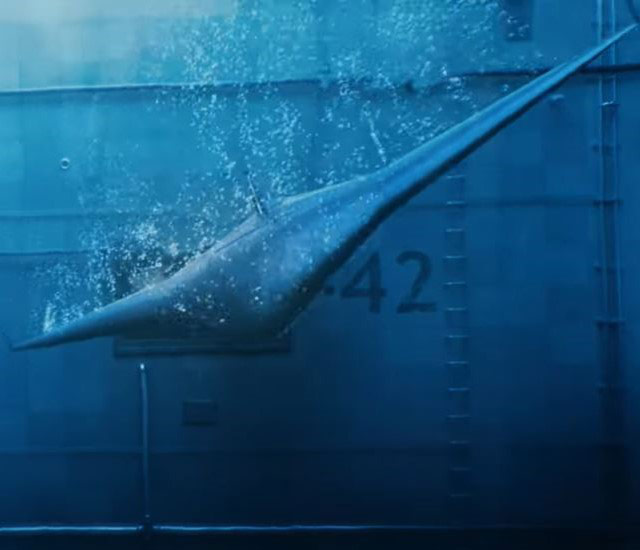
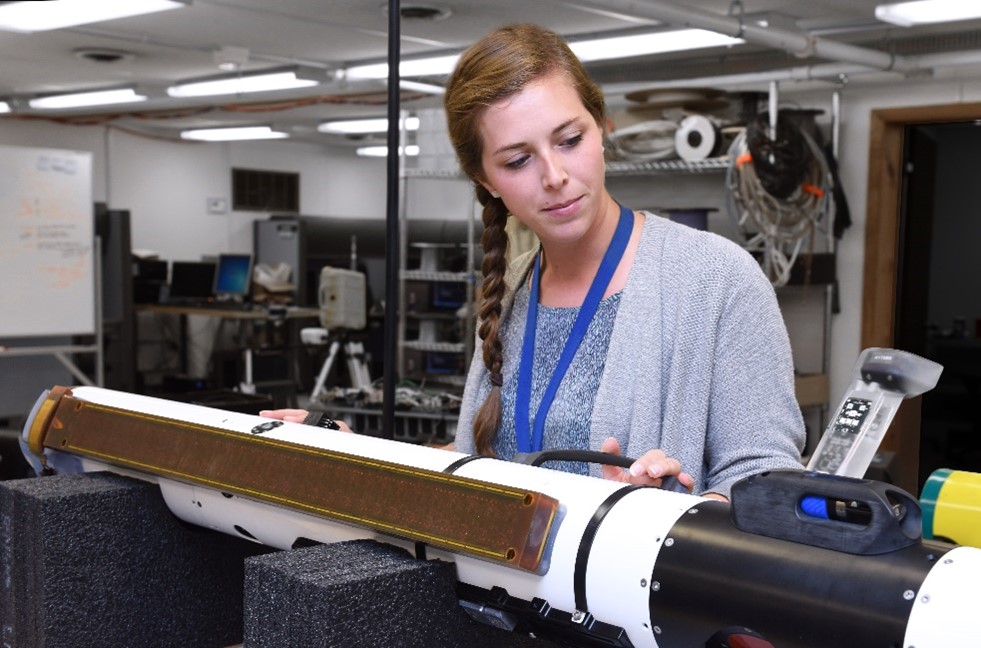

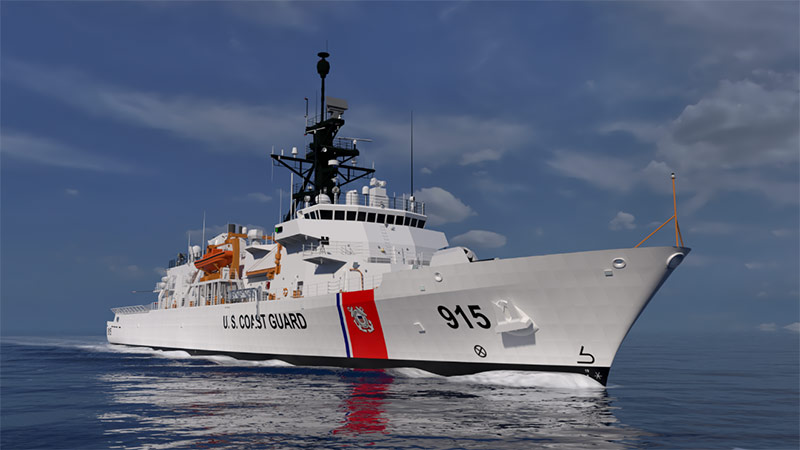
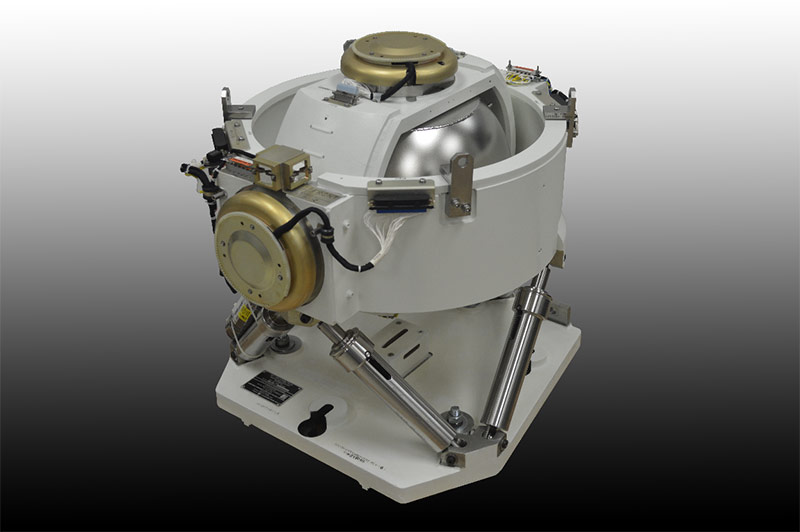
The appearance of U.S. Department of Defense (DoD) visual information does not imply or constitute DoD endorsement.